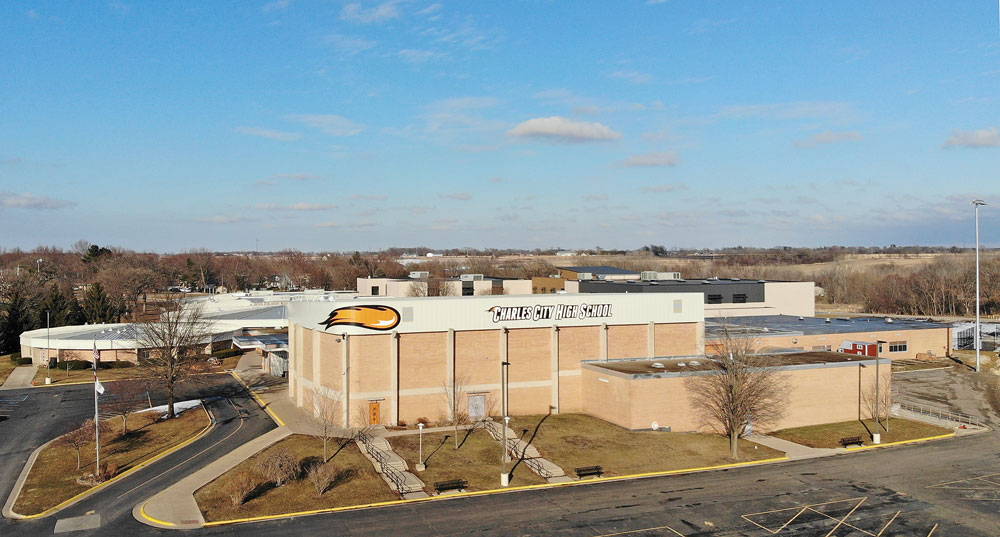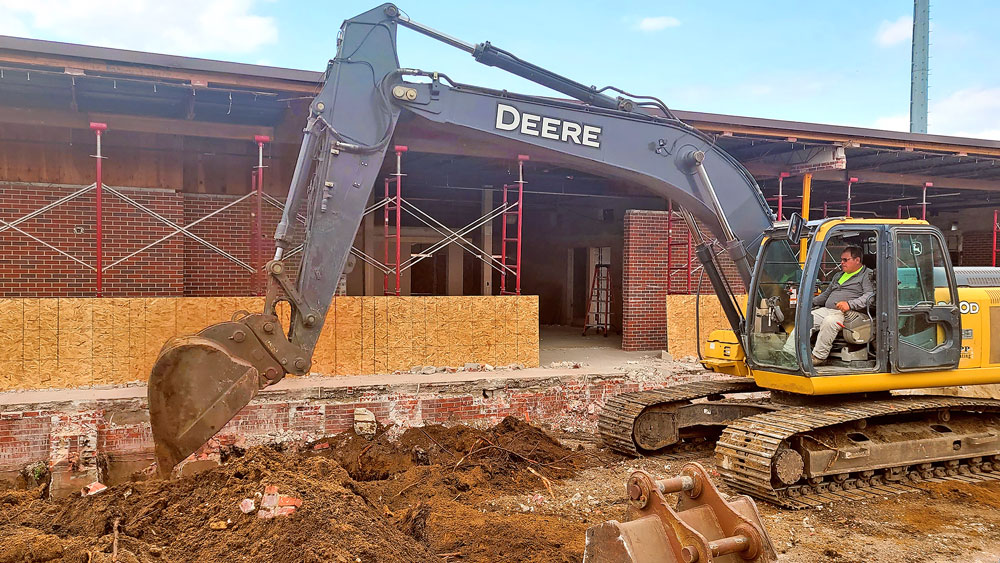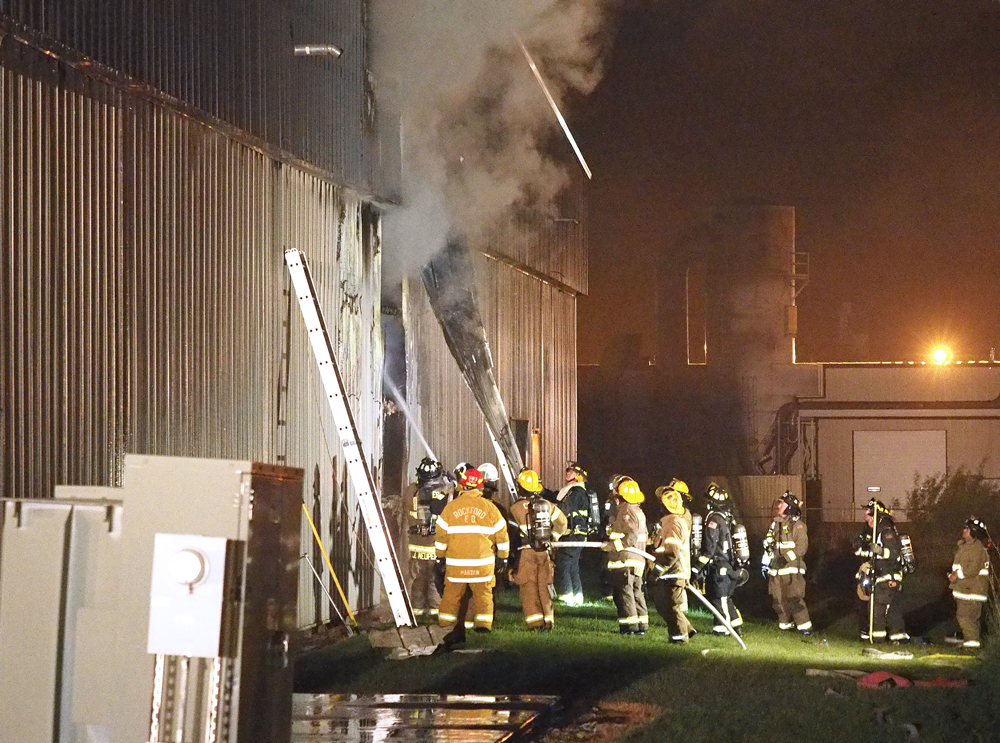More than $700,000 in federal renewable energy and energy efficiency grants awarded to Floyd County area farms and other businesses

By Bob Steenson, bsteenson@charlescitypress.com
U.S. Secretary of Agriculture Tom Vilsack announced Monday that the USDA is investing $207 million in renewable energy and domestic fertilizer projects across the country, including more than $700,000 in the Floyd County area.
The announcement was made at the annual American Farm Bureau Federation convention in Salt Lake City. Vilsack said the projects were designed to lower energy bills, generate new income, create jobs and strengthen competition for U.S. farmers, ranchers and agricultural producers.
There were 183 grants to Iowa projects, totaling more than $18 million.
All together the seven area projects represent $714,850 in grants and are expected to save enough electricity to power 128 homes, according to a USDA news release.
The Floyd County area projects are:
- North Iowa Fabrication Inc. – $139,440 to help install a 224 kilowatt (kW) solar array at its metal fabrication business in Rockford. This project is expected to realize $39,812 per year in savings and to replace 293,256 kilowatt hours (kWh) per year (44.66% of previous use), which is enough electricity to power 27 homes.
- Paul J. Staudt – $26,774 to help install a 36 kW solar array at his grain production operation in western Floyd County. This project will realize $3,993 in savings and will replace 43,618 kWh per year (100% of previous business use), which is enough electricity to power four homes.
- Swartzrock Implement Company Inc. – $109,560 to help install a 110 kW solar array at its farm implement business in Charles City. This project is expected to realize $10,215 per year in savings and to replace 120,617 kWh per year (100% of previous use), which is enough electricity to power 13 homes.
- Michael Staudt – $38,640 to help Staudt, a grain and livestock producer near Floyd, install a 53 kW solar array. This project is expected to save $11,980 per year. It will replace 73,391 kWh (100% of business energy usage) per year, which is enough energy to power seven homes.
- Wyborny Farms – $63,920 to help install an 82 kW solar array at its grain production business in northern Floyd County. This project is expected to realize $18,880 in savings per year and to replace 132,854 kWh (100% of business energy usage) per year, which is enough electricity to power 12 homes.
- Seven Sons Ag LLC – $125,000 to help install an energy efficient grain dryer at its grain production farming operation near Clarksville. This project will realize $26,096 per year in savings and will save 466,411 kWh per year (48% of previous business use), which is enough electricity to power 43 homes.
- Duane Schwickerath – $211,516 to help install an energy efficient grain dryer at his grain production farming operation near Alta Vista. This project will realize $19,943 per year in savings and will save 248,476 kWh per year (34% of previous business use), which is enough electricity to power 22 homes.
The REAP awards total $157 million for 675 projects in 42 states, including more than $94 million from President Biden’s Inflation Reduction Act. All of the Iowa projects are being funded by the Inflation Reduction Act, which USDA said is the nation’s largest-ever investment in combating the climate crisis.
“President Biden and USDA are ensuring farmers, ranchers and small businesses are not only a part of the clean energy economy, but directly benefiting from it,” Vilsack said. “The investments announced will expand access to renewable energy infrastructure and increase domestic fertilizer production, all while creating good-paying jobs and saving people money on their energy costs that they can then invest back into their businesses and communities.”
Vilsack touted the Inflation Reduction Act while sounding the alarm over the loss of small operations and wealth consolidation in the agricultural industry.
Since 1981, Vilsack said the country has lost 437,300 farms and over 141 million acres of farmland.
“Those are farm families that are no longer in the farming business, which means that in all likelihood their families are no longer in those small communities,” Vilsack said. “The question I ask all of you today is whether we’re OK with that?”
And despite what Vilsack called the best three years in net farm cash income ever in the U.S., small and midsize operations are not seeing the success of their large, industrialized counterparts.
About 7.5% of American farms received 89% of the income last year; which means the remaining farms, which Vilsack estimated at about 2 million, had to share 11% of income generated by agriculture.
“What we’re doing here is creating opportunities for that 92% of farmers to be able to have multiple revenue streams,” Vilsack said as he announced the new round of funding.
The program provides grants and loans to farmers and rural small businesses to expand the use of wind, solar and other clean energy sources.
Vilsack called it “a voluntary, incentive-based market-driven system” that has become popular among farmers.
“I know that farmers and ranchers and producers are taking advantage of this because the programs are oversubscribed. The demand is great,” he said. “Farmers are now going to be paid, encouraged, incented, rewarded, for taking those steps to become more sustainable.”









Social Share